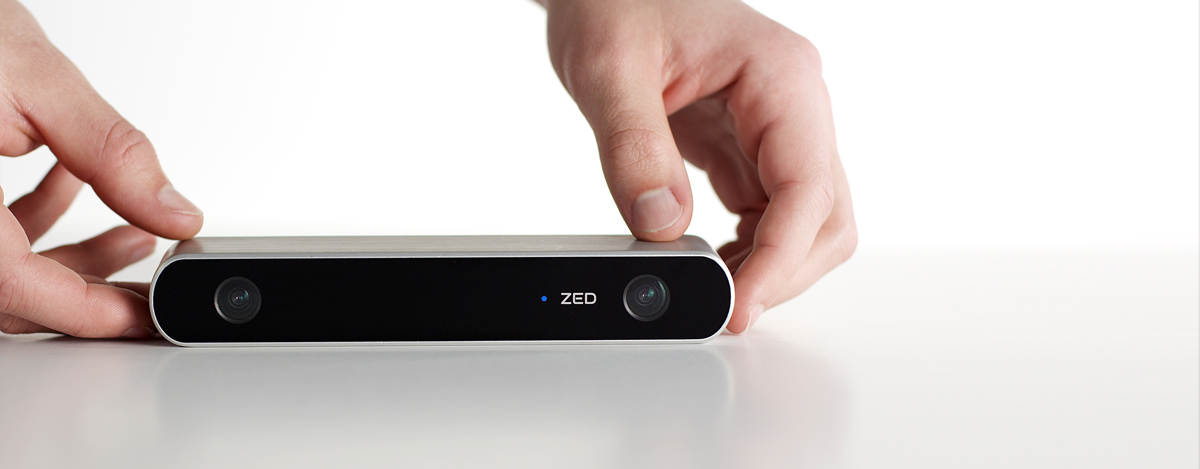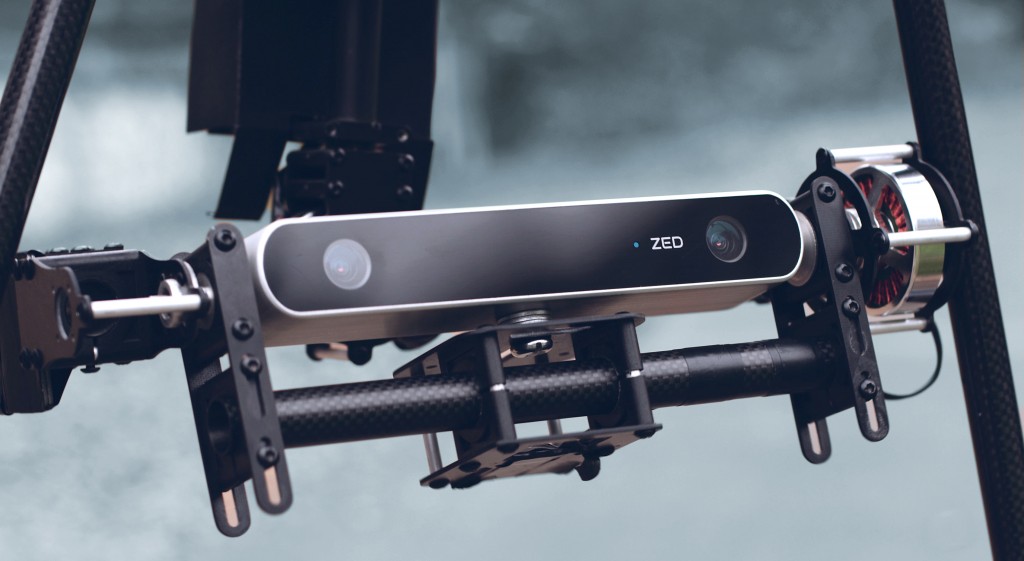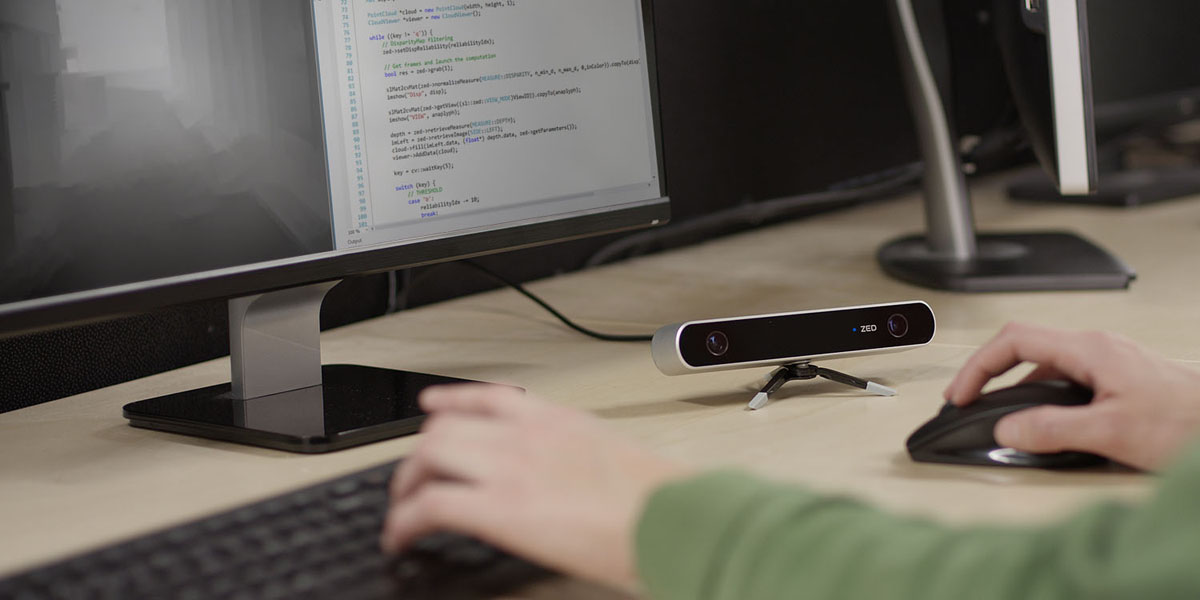Every day on 3DPI, we report on developments in 3D printing, scanning, reality computing/mixed reality, and more. And, while we may see a number of similar devices released, what keeps me most excited is seeing the overall patterns in the industry emerge. 3D scanners, in particular, will play an important, if not existentially terrifying, role in the world of tomorrow, allowing people to flawlessly recreate digital models with the potential to 3D print exact physical copies. So, to see San Francisco-based Stereolabs launch their ZED 3D camera and depth software points at the emerging low-cost 3D scanner landscape that will populate the future.
Released today, the ZED developer includes Stereolabs’ high-definition stereo camera and software for processing depth maps in real time. What sets it apart from other 3D scanners on the market, including the RealSense from Intel or the Microsoft Kinect, is its range and quality. Unlike the aforementioned devices, which have 480p resolution and a maximum range of 4 meters, ZED can capture objects up to 20 meters away at 1080p!
Stereolabs frames this technology as particularly important for drone technology, as 3D sensing would allow for a low-cost drone to capture depth maps of the landscapes below, allowing them to be less dependent on human operators and able to navigate the world around them. The same, they suggest, goes for smart cars, with depth sensing making autonomous vehicles better able to avoid obstacles. Cecile Schmollgruber, co-founder and CEO of Stereolabs, says, “We take our depth perception for granted. But what few realize is that interpreting depth is a very complicated process that’s hard to do efficiently. Mother nature was the first to get it right. We are the second.”
For 3D printing, depth sensing cameras with such… depth give people the ability to 3D scan large objects from far away. 3D scanning huge statues or pieces of landscape become less arduous. It also means that the device can be attached to a drone in order to scan huge swathes of land or buildings for 3D printing. This ability will become increasingly important in a world in which the physical and digital worlds are more closely intertwined.
The ZED relies on a programming model called CUDA, relying on NVIDIA graphics hardware, to run thousands of calculations simultaneously. In turn, depth mapping can be performed in real-time at resolutions of up to 4416×1242 at 15 frames per second, or 120 frames per second at lower resolutions. The ZED software, then, allows for this data to be manipulated as a 3D point cloud, for instance, in order to utilize Intel’s OpenCV library for motion tracking and gesture recognition, or for converting to 3D printable files. The developer kit is available for $449, which includes the ZED stereo camera, tripod, the software development kit and hardware drivers, and a 2 meter USB 3.0 cable.
As a low-cost 3D scanning device, the ZED looks promising, but what may be more promising is what people will do with it. We’ll have to wait and see how the world responds to ZED to know if it’s as capable as Stereolabs promises it to be.





